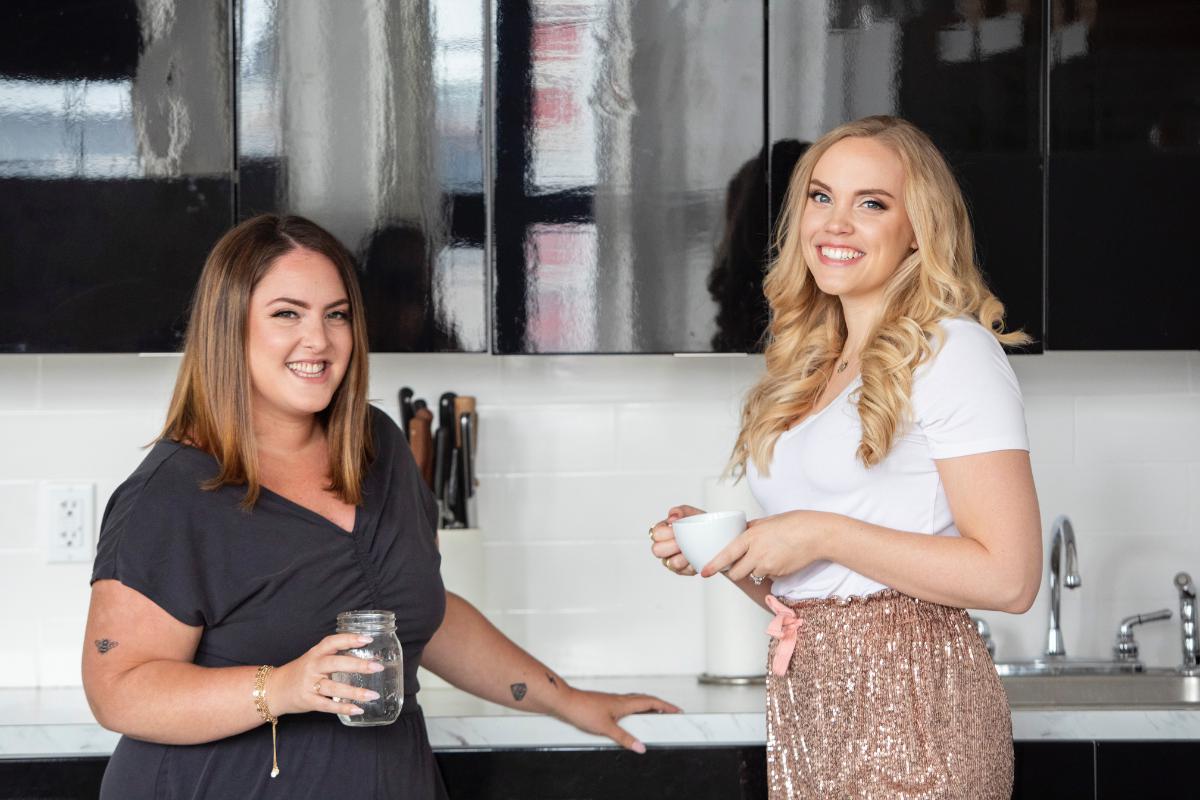
No doubt you’ve been told to keep an eye on your competitors. It’s baked into every business plan, SWOT analysis, pricing strategy and MBA program out there. But every once in a while, teaming up with your competitor might reap benefits you could have never imagined.
In the height of the COVID-19 pandemic, previous competitors Courtney Tarrant and Jennifer Spivak came together for a casual discussion on how they could help each other in the current state of the world. That conversation turned into a full-blown collaboration, and they ended up hiring one another for six months. Learning how well they worked in tandem and realizing that they both had the same ideal client in mind, they decided to move forward with a merger and acquisition.
They now call themselves “The Ad Girls” both at the helm of the Ad Girls Agency. And so far, the merger and acquisition has worked – profitably. Merging their unique skill sets and separate businesses has led to triple revenues and double profits, and they’re on track to do $2.5 million this year. Here’s how they did it – and how you can follow in their footsteps for collaboration potentials of your own.
From Competitors To Collaborators: How Two Women Joined Forces And Tripled Their Revenue | Stephanie … [+]
Shannon Confair
Complementary Skill Sets
Just because your competitor is in the same field or offering a similar service to what you’re offering doesn’t mean they’re a carbon copy of you. In fact, it’s more than likely that they have something you don’t and vice versa. This is something Spivak and Tarrant found to be true very quickly from their individual backgrounds and experience levels.
“For one, our unique backgrounds lent to our ability to help one another,” explained Tarrant. “I had previously grown my agency through referrals, marketing, networking on social media, and Facebook ad funnels. Jennifer had built her reputation and clientele through word of mouth, and had a background in coaching and courses.”
MORE FOR YOU
As they worked together in a short term capacity (via hiring each other for six months), they learned just how much their experiences had contributed to their talents. “I realized Courtney had a knack for creating this amazing customer experience through service, as well as an eye for profitability and how to widen profit margins,” Spivak noted. “It worked well for me to slip into the front of the business and work on lead generation and sales, which paired nicely with what Courtney has to offer.”
That’s why the founders say that if there’s a collaboration that you have in mind, look for where your weaknesses converge with the others’ strengths. Or, where your unique strengths can come together to create something unstoppable.
Splitting The Investment
Another reason it’s great to have a partner in business? You get to split an upfront cost right down the middle. “We’ve invested $33,000 in ad spend for the funnel for our business,” Courtney explained. “Of course, it’s paid off because of what we know and our eye for profitability. But it’s nice to both go all-in on that front.”
That investment may sound significant, but it’s peanuts in comparison to their returns, as they’ve already done almost a million in revenue. They’ve continued to generate leads and attract clients through the same ways they had before they joined forces: word of mouth, social media marketing, referrals, and podcast appearances.
Splitting the investment can go beyond an upfront financial cost and into time, as well. The effort and time that you could spend on your own growing your business and delivering for your current clients can be doubled by working with a partner who helps with efficiency and can split the workload. Plus, Jennifer and Courtney have been able to fine tune their marketing strategies by sharing their best advice with each other.
“We both know what works and what doesn’t from our previous years in business, so it saves each other time,” Jennifer says. “In any form of collaboration, it’s imperative for both parties to share what they’ve learned. That’s what makes the best collaborator – someone who is in your field and was previously a competitor. Collaborating with someone who never was a competitor won’t lead to the same results, since only your competitors know your line of work and industry as well as you do.”
The founders also say that it’s critical to be partners in profit and always transparent with each other. Commit to the long term goal with your new collaborator, but also be open to changes as they need to be made. From there, enjoy the fruits of combined labor. Joining forces and collaborating to serve a target market helps everyone.
